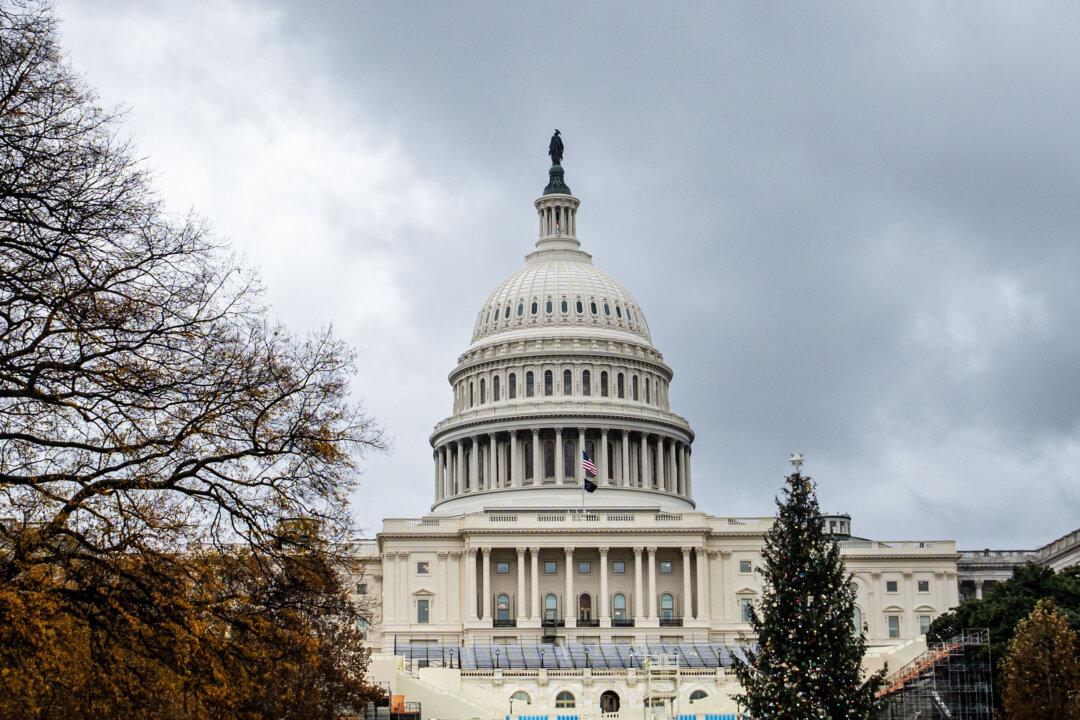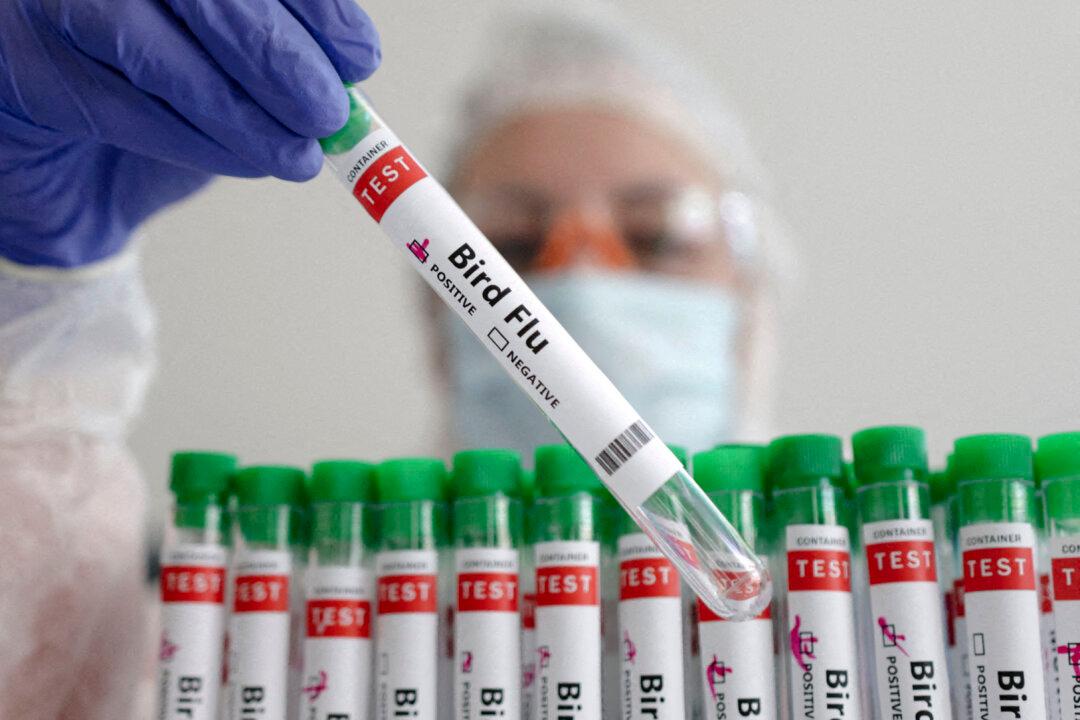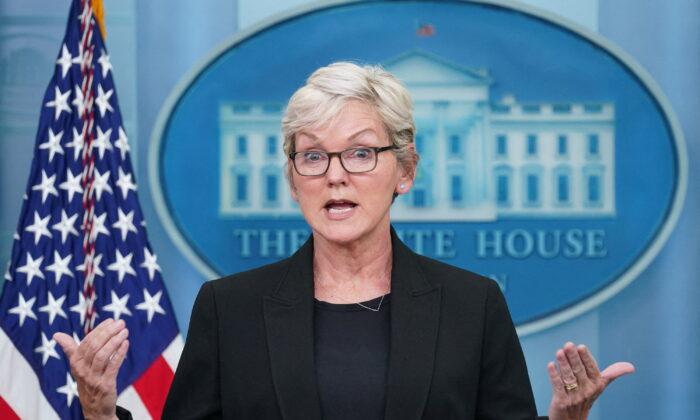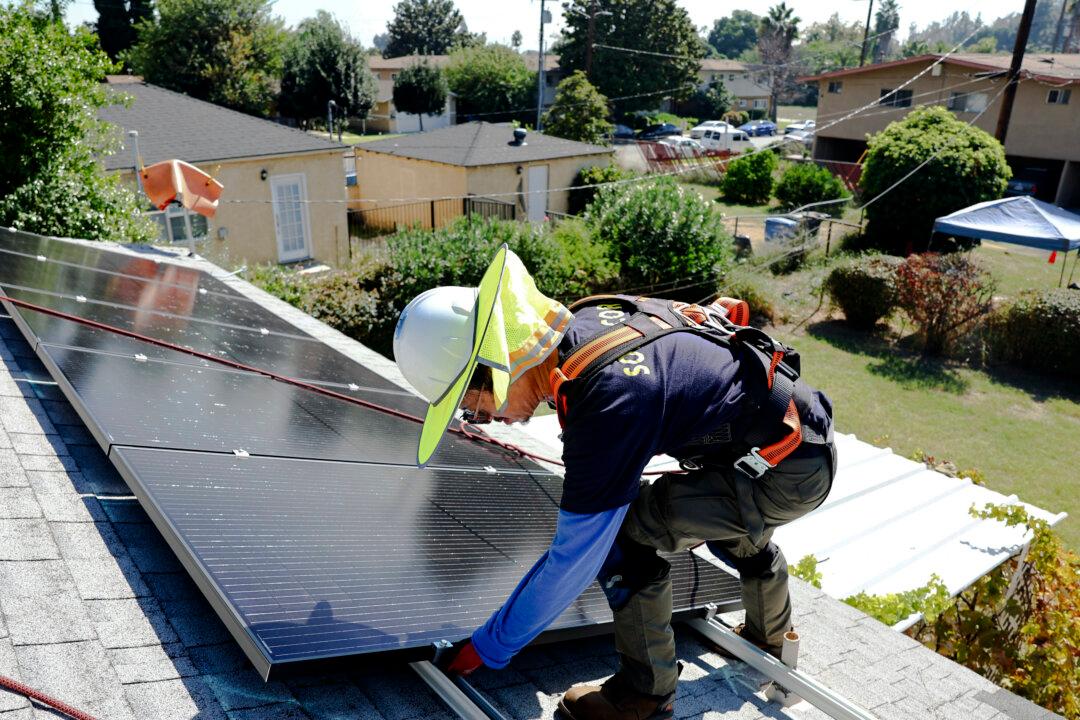Prices of regular gasoline in the United States have risen to a new seven-year high, though a slight dip in domestic demand meant that the recent rise was the smallest increase in a month.
“It does appear that average #gasprices have caught up to ~$84 oil as prices are levelling off. Which way we go from here depends on supply/demand balance changes,” De Haan said in a separate post.
AAA said that the drop in gasoline demand has helped slow the pace of price increases, while predicting that, as long as crude oil prices remain above $80 per barrel, pump prices will continue to rise.
“We have finally seen a little dip in domestic demand for gasoline, which may signal that the seasonal post-Labor Day easing was a little delayed this year,” Andrew Gross, AAA spokesperson, said in a statement. “And if the recent steady increase in crude oil prices takes a breather too, consumers may benefit at the pump with smaller price hikes.”
Meanwhile, crude oil prices rose towards $85 a barrel on Tuesday, not far from a multi-year high, supported by signs that demand continues to outstrip supply from OPEC and other producers.
Brent crude gained 20 cents, or 0.2 percent, to $84.91 a barrel by 5:10 a.m. New York time, while U.S. West Texas Intermediate (WTI) crude climbed 14 cents, or 0.2 percent, to $84.19.
“Global oil demand is healthy and supply is trying to play catch-up,” said Tamas Varga of oil broker PVM. “These efforts are not producing results.”
The price of Brent has surged more than 60 percent in 2021, hitting a three-year high of $86.70 last week as demand recovers and the Organization of the Petroleum Exporting Countries and allies led by Russia, or OPEC+, eases record output cuts slowly.
“Demand for crude oil is expected to rise as winter months approach,” said Naeem Aslam of Avatrade. “On the other hand, supply is expected to remain the same.”
OPEC+, which cut output by 9.7 million barrels per day or about 10 percent of daily demand in 2020, has been sticking to gradual, monthly production increases of 400,000 barrels per day, despite calls for more from the United States and other consumers.
The alliance is expected to do just that at its next meeting, scheduled for Thursday.
EIA expects WTI crude oil prices to average $68.48 per barrel in 2022, down slightly from $68.48 in 2021, while Brent crude prices are forecast to edge up to an average of $71.91 per barrel next year from $71.38 this year.





